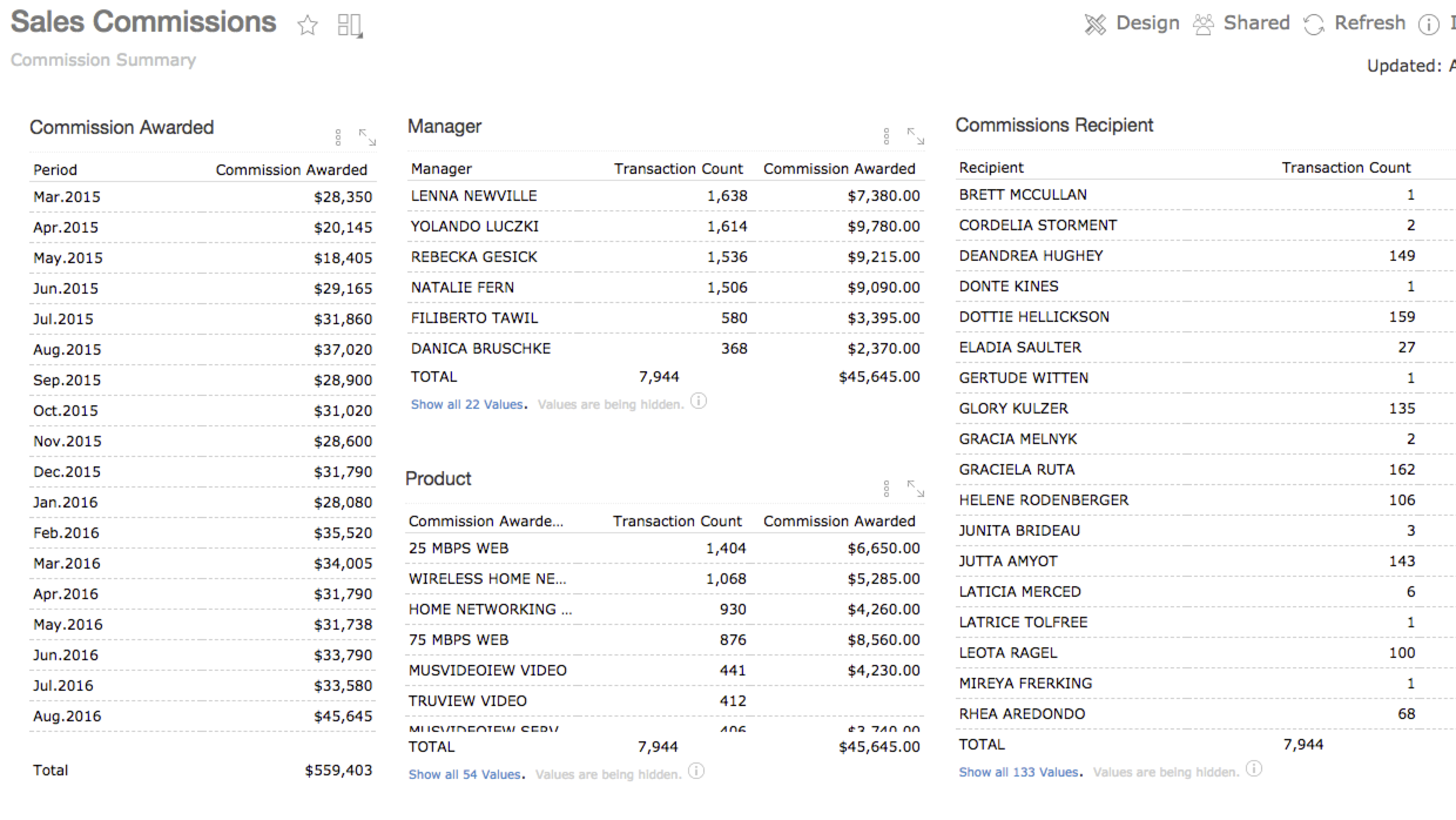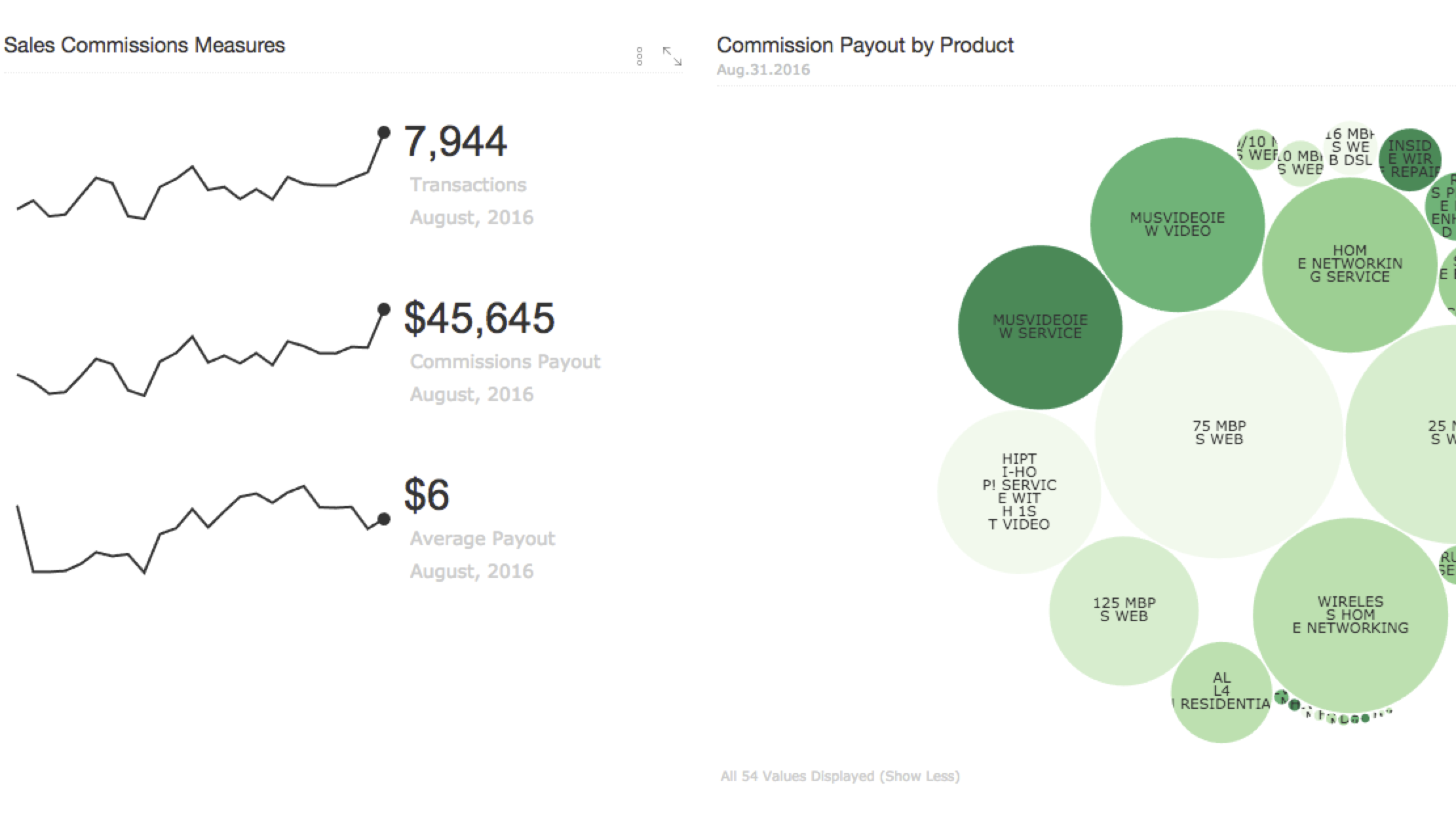There was a time when sales commissions drove enthusiasm and high performance in the workplace.
However, over time, this sales commission structure has become more of a burden than a benefit.
In the food sales sector, commission-based pay presents unique challenges that make it hard for workers and hurt job morale. In this article, we will explore the five main challenges of the food sales commission salary structure and offer practical solutions to overcome them.
Everything You Need To Know About Food Sales Commission Structures
Food sales commissions are compensation structures where employees earn a percentage of their sales revenue. This is in addition to their base salary. These structures are designed to incentivize employees to sell more products by directly tying their earnings to their sales performance. Here are some of the most common sales compensation structures for the food sales industry:
- Straight Salary: Employees receive a fixed salary with no additional stipend.
- Base Salary Plus Commission: Employees earn a fixed base salary plus a commission on their sales.
- Commission Only: Employees’ earnings are solely based on the commissions from their sales, with no base salary.
- Performance-Based Commission: Employees earn commissions based on their performance metrics (sales targets, customer satisfaction, etc.).

Neat Data Food’s Automated Sales Commissions Engine
5 Unique Challenges in Food Sales Commissions
Calculating commissions in the food sales sector is anything but simple. Hence, all food sales commissions are calculated by a system called the sales commission engine.
Here’s why it can be so challenging to work out the accurate amount of stipend for each worker:
1. Using Invoice Date or Customer Payment Date
Challenge: Deciding when to issue payments can be tricky. It is usually based on either the invoice date or when the customer pays. Calculating it based on the invoice date is simpler and is opted for by many sales commission engines.
However, this can become problematic for the food company if customers delay their payments for an extended period. On the other hand, basing commissions on when the customer pays is more accurate but adds complexity to the commission calculation process.
Impact: This decision affects cash flow and the accuracy of payments, potentially impacting employee morale if delays occur in receiving earned commissions.
2. Managing High Sales Transaction Volume
Challenge: Major food companies often deal with thousands of sales transactions monthly. Managing the sheer volume of transactions for commission calculations can be daunting, tedious, and prone to errors.
Impact: Errors in commission calculations can lead to dissatisfaction among sales reps, affecting motivation and trust in the commission sales commission engines. It also requires significant time and resources to ensure accuracy, potentially diverting resources from other business activities.
3. Straining Personnel Resources
Challenge: Calculating commissions manually or with basic tools can be resource-intensive, requiring a significant portion of an employee’s time (quarter or full FTE).
Impact: This drains resources that could be allocated to other critical business functions. It may also lead to inefficiencies and delays in processing commissions, affecting timely payouts and overall workplace morale.
4. Lacking Flexibility in Commission Structures
Challenge: Many food companies are constrained by the commission rules available in their ERP systems. These systems may not offer the flexibility needed for innovative or customized commission structures.
Impact: Limited flexibility can restrict sales leadership from tailoring sales commission plans to effectively motivate sales reps. This lack of flexibility can make it difficult to create commission structures that truly meet the needs of employees and adapt to market changes and sales performance.
5. Waiting Until End of Month for Commission Calculations
Challenge: Waiting until the end of each month to report and finalize commission payouts can create uncertainty and frustration among sales reps and leadership.
Impact: Sales reps and leadership may lack real-time visibility into their commission earnings throughout the month. Timely reporting and payout information are crucial for maintaining morale, fostering healthy competition among reps, and providing accurate financial forecasts.

Neta Data Food Commissions with Analysis Dashboards
Strategies to Overcome These Challenges
To prevent any miscalculations in food sales commissions, you need practical and effective strategies. By implementing these approaches, the process by the sales commission engines becomes smoother and more reliable.
Implement a Balanced Sales Compensation Plan
Design a sales compensation plan that combines a stable base salary with performance-based commissions. This provides your employees with long-term financial security while still motivating them to achieve higher sales.
Regularly Review and Adjust Sales Compensation Plans
Frequently evaluate the effectiveness of the sales compensation plans you offer and make adjustments as needed. This ensures that the plans remain fair, competitive, and aligned with both company goals and the latest market conditions.
Use High-Performance Commission Calculating Tools
Utilize customized and reliable tracking tools, like those offered by Neat Data’s food packages, to receive accurate and up-to-date information on commission earnings. This allows you to track progress and understand how commissions are calculated.
Conclusion
Average commissions for food sales can be tricky to manage, especially with challenges like varying payment timelines or high transaction volumes. However, with robust software solutions like Neat Data for Food, optimizing commission calculations has never been more accessible.
Reach out to Neat Data and discover how their food packages can revolutionize your commission calculations.
